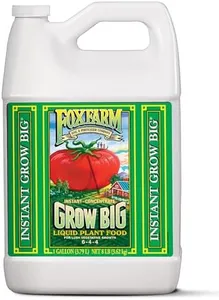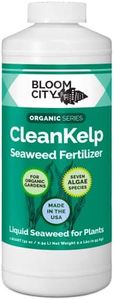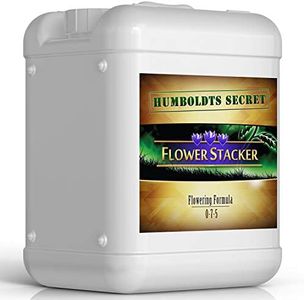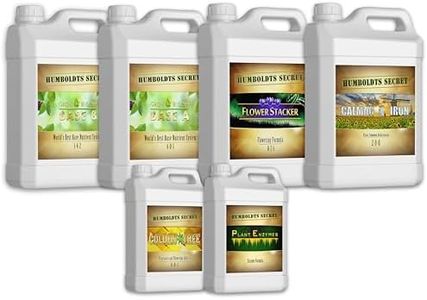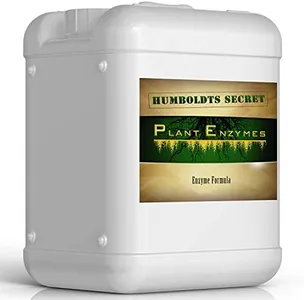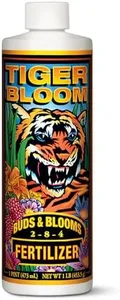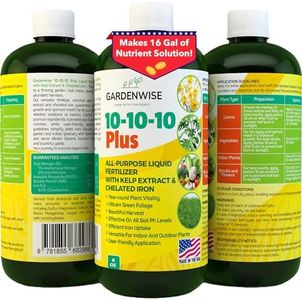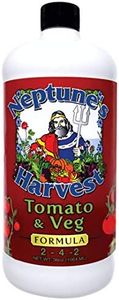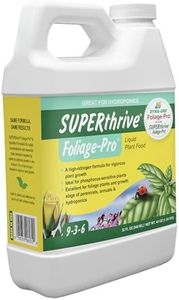10 Best Liquid Fertilizer For Seedlings 2025 in the United States
Our technology thoroughly searches through the online shopping world, reviewing hundreds of sites. We then process and analyze this information, updating in real-time to bring you the latest top-rated products. This way, you always get the best and most current options available.

Our Top Picks
Winner
FoxFarm Grow Big Liquid Plant Food - Bloom Fertilizer for Flowers, Fruits, and Vegetables, Perfect for Indoor & Outdoor Potted Plants, NPK 6-4-4 (Gallon)
FoxFarm Grow Big Liquid Plant Food is an excellent choice for those looking to enhance their seedlings' growth, whether for flowers, fruits, or vegetables. It boasts an NPK ratio of 6-4-4, which supports robust vegetative growth. This fertilizer is rich in essential micronutrients, thanks to its unique blend that includes earthworm castings and Norwegian kelp, ensuring a comprehensive nutrient profile for healthier plant development.
The product is organic, avoiding harmful chemicals, which makes it safer for regular use in both indoor and outdoor settings. Additionally, it mixes effortlessly with water, simplifying the application process for users. Its consistency as a liquid also ensures easy solubility, improving nutrient uptake by the plants. The pH level is balanced, suitable for most plants, contributing to optimal growth conditions.
One notable strength is its ability to enhance root development, boost essential oil production, and intensify flavors and fragrances in herbs, fruits, and flowers. However, it's worth noting the weight of the product, which might be cumbersome for some users, and the relatively high Best Sellers Rank may indicate competition with other popular fertilizers. Additionally, while it's not discontinued, the product might be slightly more expensive than synthetic alternatives due to its organic composition.
Miracle-Gro Pour & Feed Plant Food, Fertilizer Instantly Feeds Live Plants, For Outdoor & Indoor Plants in Containers, 32 oz.
The Miracle-Gro Pour & Feed Plant Food is a convenient liquid fertilizer designed for both indoor and outdoor container plants. This ready-to-use formula eliminates the hassle of mixing, allowing you to apply it directly to the soil. Its instant feeding capability makes it a great choice for those looking to quickly nourish their potted plants.
The ease of application is a definite plus, especially for beginners or those with a busy schedule, as you only need to feed the plants every 1-2 weeks. With a liquid volume of 32 fluid ounces, it offers medium coverage, making it suitable for a moderate number of plants.
